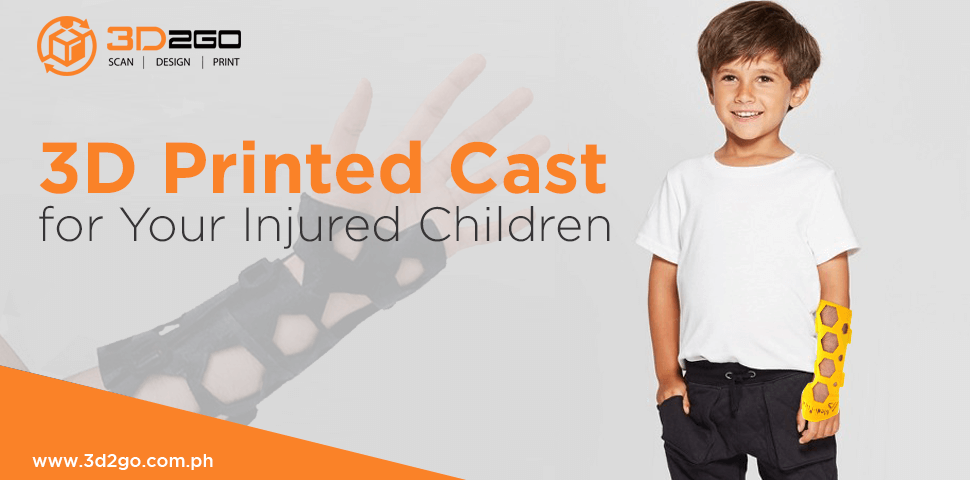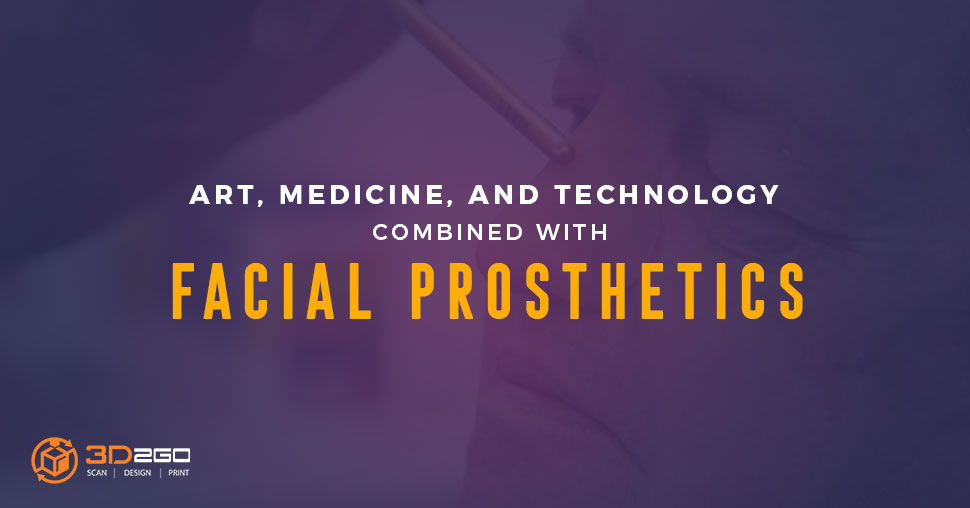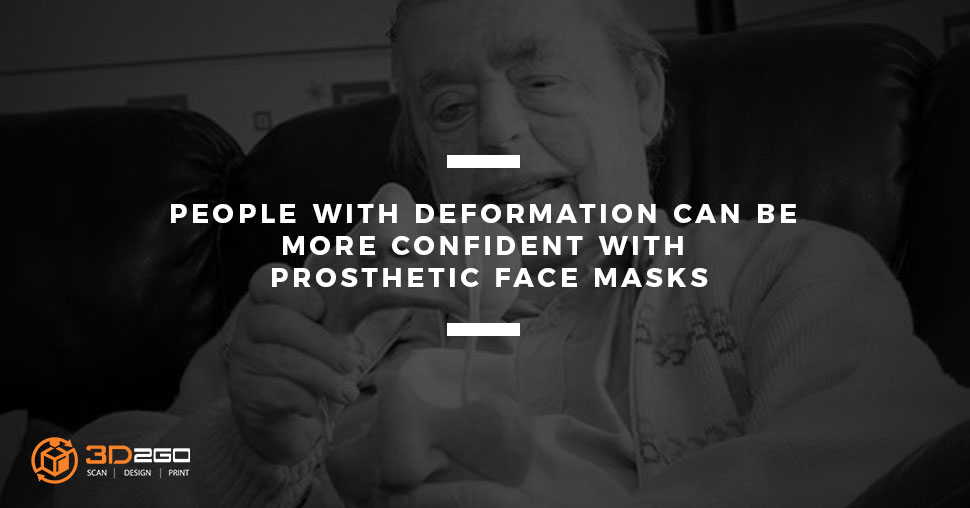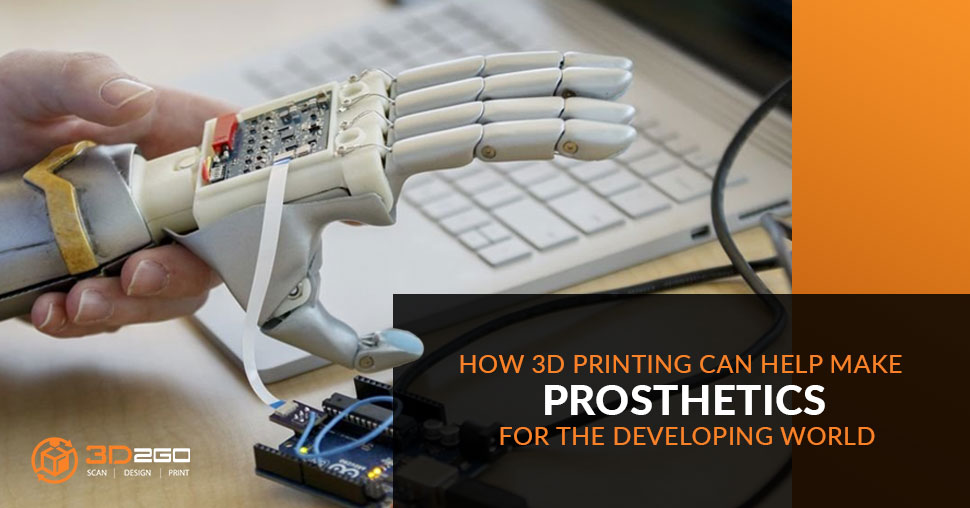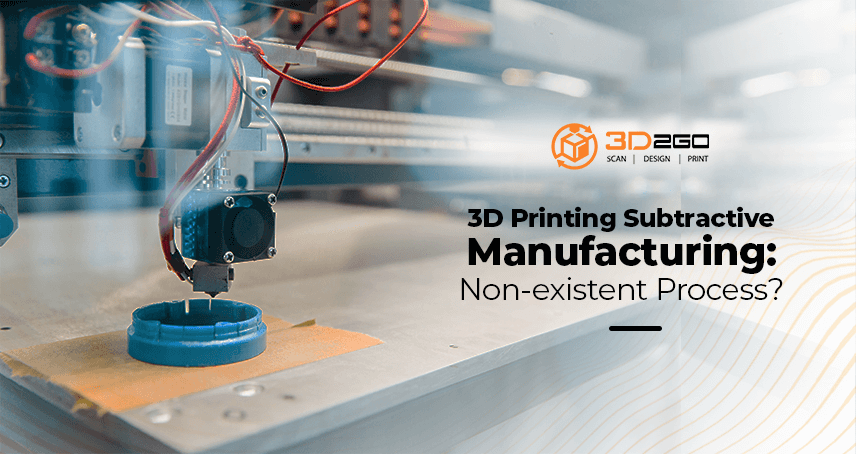
3D Printing Subtractive Manufacturing: Non-existent Process?
June 27, 2022
Top 5 Must-Have Items On Your Christmas Decorations List
June 27, 2022Most of the time, kids get themselves in trouble. Good thing there is 3D technology.
Children’s nature is to be hyper active, especially around their friends. Sometimes, they hurt themselves for being so playful. But even with an arm cast strapped across their body, they will not stop.
That is why 3D printing or Additive Manufacturing (AM) becomes a viable option for parents and orthopedics.
In this article we will discuss everything about 3D Printed Casts and why is it a preferred solution for injured kids.
Traditional Casts Disadvantages
As a parent you want to protect your kids from injuries and harm. But for some reason, they find themselves in places you do not want them to be. Hence, they dislocate their elbows or shoulders.
When an injury like that happens, a traditional orthopedic cast comes into mind. However, that is not always the most viable solution especially for children since it has characteristics that are not kid-friendly, such as:
- It requires more care than other types of casts. Children are active people, they might break it.
- Plaster casts are not waterproof. It can crack or disintegrate when it gets wet. Fiberglass casts are more water resistant than plaster. But it is still not advisable to soak or drench it because of its soft padding.
- It takes several days to fully harden. So activities are limited until it does.
- Plaster casts are heavy. It poses a risk to small children.
- Allergic reactions, such as rashes, can happen because of the preservatives and other substances in the cast.
- It can cause soreness on the injured body part. This can happen when the cast is too tight or if it is not a correct fit. Children may experience disturbed sleep and fever when this occurs.
- It can cause other problems such as cutaneous diseases, bone and joint injuries, or malunion.
Splints can be a good alternative for orthopedic casts. But it is very risky for kids. This is because splinting increased motion at the injury site. It might cause more harm than good to the injured part.
3D Printed Casts Advantages
Traditional casts and splints are long overdue. 3D printed casts are a hot trend right now. It is a combination of science and technology and offer many advantages perfect for your kids:
- Waterproof
3D printed items, like a 3D printed wrist cast, are either made of PLA or ABS plastic materials. They do not crumble or crack when saturated with water. So any activities that involve getting wet is not a problem anymore.
- Lightweight
3D printed casts are lighter than traditional casts. It is also stiff enough to support an injured or sprained arm or elbow.
- Personalization
3D printed casts are customizable casts made only for your child’s arm, leg, hand or foot. But that is not where the fun stops. Children can create their own design with 3D printing. They can even pick their favorite colors to go along with it.
By making it look appealing and fun, children will be more encouraged to use it.
- Adjustable
3D printed casts are removable or semi-permanent depending on the injury of your kid. So if they are experiencing soreness, you can easily adjust the tightness of the cast. It is so breathable and comfortable to use. That is the reason why children love it.
How are 3D Printed Casts Made?
Creating the 3D printed cast of your children is simple and painless.
When an injury occurs, it is best to consult a doctor first. Getting a 3D cast immediately without the advice of a professional is a terrible decision. It might aggravate the injured body part and make it worse. You can get a 3D printed casts upon and after the approval of a doctor.
3D printing items is easy. All you need is a digital file of the thing you are printing.
For a 3D printed cast, your 3D printing partner will need a 3D scan of your kid’s hand or hard. There are plenty of ways to do this, like for example you can use a 3D scanner or an automated software.
Once a digital copy of it is complete, the designer can then create a perfect 3D cast for your children.
The filaments often used for this project are PLA and ABS.
ABS (Acrylonitrile Butadiene Styrene) is a thermoplastic, well known in the molding industry. People use it in LEGO, electronic housings, and automotive bumper parts.
PLA (Polylactic Acid) is a biodegradable (under the right conditions) thermoplastic; it comes from renewable resources such as cornstarch or sugarcane. It is one of the most popular bioplastics, used for many applications ranging from plastic cups to medical implants.
Why are 3D Printed Casts Revolutionary?
3D Printed casts are revolutionary because they solve all the problems that a traditional cast has. In fact, it has been the subject of multiple studies.
In a study conducted in 2017, ten out of ten patients who participated in a clinical trial said that they all prefer 3D–printed casts instead of the conventional plaster cast. It is because the cast offers circumferential support to the fractured forearm and at the same time, protect it from external impact.
Patients also find the web-like ventilated structure comforting. This is in-line with a 2018 study wherein most of the subjects said that there is a superior “patient satisfaction, comfort, and perceived functions” with a 3D casts.
In another published study this July 2020, they confirmed that there is a favorable efficacy and treatment experience by using the 3D printed casts. All the 60 patients who tried the novel casts recovered. Moreover, all of their casts are still intact with no visible damage.
As of 2021 there is no reported complication in terms of the usage of the 3D casts.
Additive Manufacturing is slowly finding itself a way to help the medical industry. The Latvian startup CastPrint is helping hospitals and clinics by providing them 3D scanners. The device can be used by physicians to scan the injury so their company can create customized casts for patients.
The reason that 3D printed casts are not well-known is because doctors do not know about them yet. Additive Manufacturing is still a fairly new technology in the country, but the potential of it is huge. The medical 3D-printing market is projected to be valued at $1.2 billion by 2024.
3D Printers You Can Use
One advantage of using Additive Manufacturing is that everyone can do it.
Here are 3D printers in the Philippines you can purchase to start your own 3D printing journey.
- Flashforge Creator Pro
Flashforge Creator Pro is the must-buy printer. It is a very reliable 3D printer with excellent precision and professional quality.
Estimates of the price of this machine are around 40,000 to 60,000 pesos. It is an affordable price for those who want to have a 3D printer for long-term use.
- Snapmaker Original
Snapmaker is also the printer for beginners. It has a sleek design perfect for those who value aesthetics and functionality.
3D Printing Company in the Metro?
We would love to help you make your own 3D printed arm cast!
3D2Go is the only one-stop-shop for everything 3D printing in the Philippines. We offer end-to-end full-service that guarantees a top-quality end product.
Not only that, but we also supply 3D Printers if you want to print your own ideas as well.


